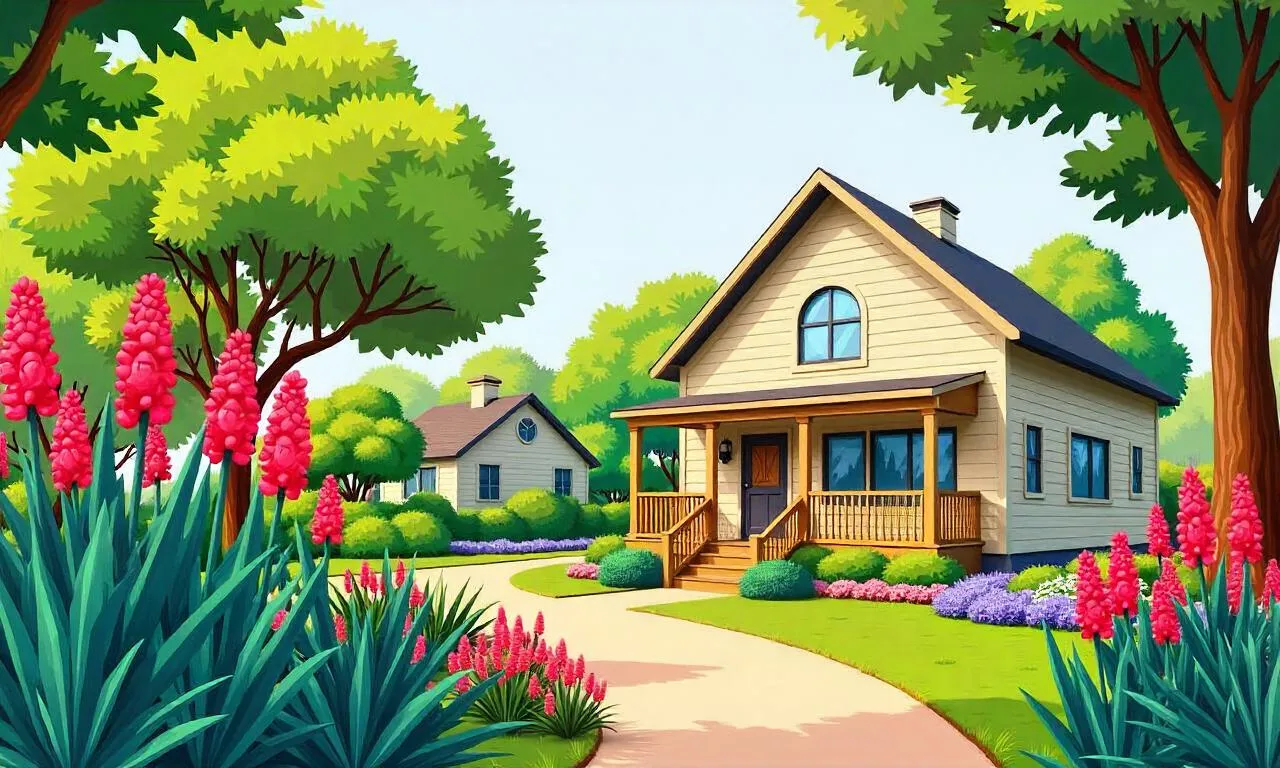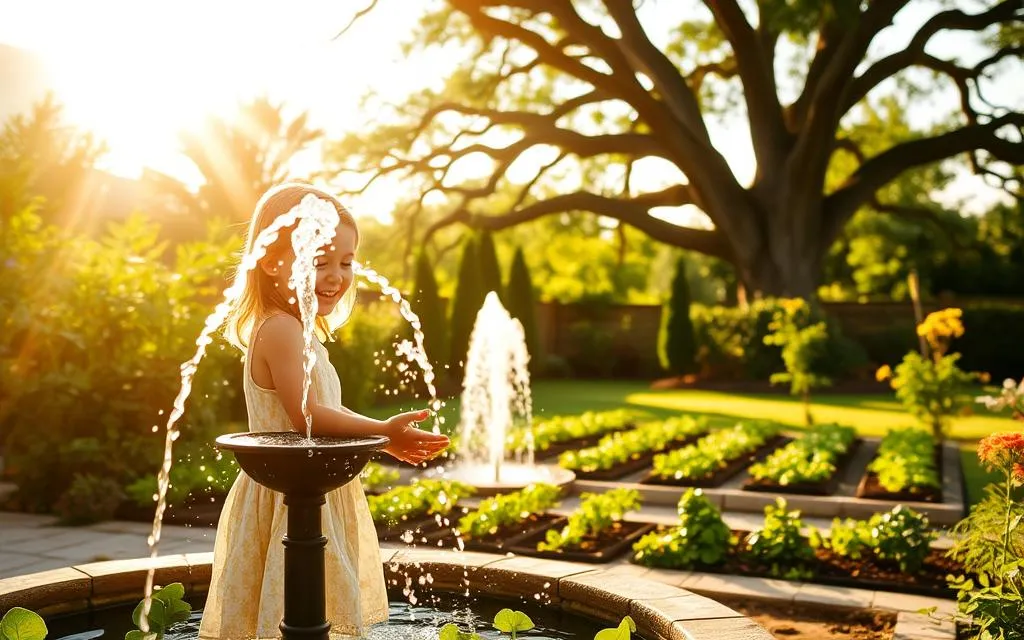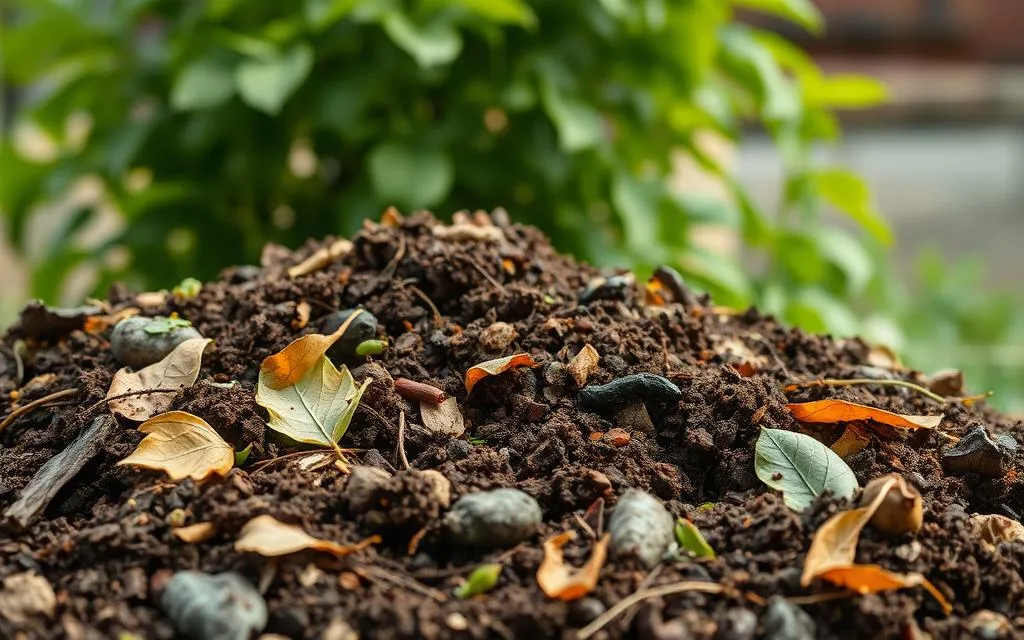We’re going to dive into some exciting environmental activities for students. These activities will encourage eco-friendly habits, help students love nature, and teach them about sustainability. You’ll find everything from outdoor adventures to hands-on projects that connect students with nature and teach them to care for the environment.
If you’re a teacher, parent, or student, you’ll find lots of fun and educational activities here. We have nature scavenger hunts, outdoor classes, recycling projects, and art inspired by nature. This article is your key to exploring the world of environmental learning.
Let’s start an amazing journey together. We’ll look at gardening projects, eco-friendly games, ways to help the community, and virtual field trips. These activities will inspire a new generation to become environmental leaders. Get ready to enjoy nature and make a positive change on our planet.
Table of Contents
ToggleExploring Nature’s Wonders: Outdoor Environmental Activities
Outdoor activities connect students with nature, boosting their environmental awareness and appreciation. At our school, we see nature-based learning as key to a complete education. By exploring local ecosystems, students learn about the world’s interconnectedness and the need to protect it.
Nature Scavenger Hunts
Nature scavenger hunts are a top choice for us. They let students explore, see different plants and animals, and learn about nature’s balance. By finding specific items, they sharpen their observation skills and value the beauty around them.
Outdoor Classroom Sessions
We also have outdoor classroom sessions for hands-on learning. Students can study the water cycle by a pond or check out soil in the garden. These sessions link classroom learning to the real world, making it more meaningful.
| Outdoor Environmental Activity | Learning Objectives | Key Benefits |
|---|---|---|
| Nature Scavenger Hunt |
|
|
| Outdoor Classroom Sessions |
|
|
Hands-on Gardening Projects for Environmental Learning
Gardening projects let students learn about nature and how they can help the environment. By working in their own gardens, they get to know about plants, soil, water, and growing food in a green way.
Students learn where their food comes from in these projects. They see how plants go from seeds to food they eat. This makes them value the hard work and resources needed to grow food.
- Cultivate a school garden to explore plant growth and development
- Experiment with different soil types and amendments to observe their impact on plant health
- Implement water-saving techniques, such as drip irrigation or rainwater harvesting, to understand the importance of conservation
- Investigate the role of pollinators and the importance of biodiversity in a healthy garden ecosystem
Through gardening, students get a closer look at sustainable farming. They see how their actions affect the environment. They learn to make choices that help the planet and grow food in a healthy way.
Gardening teaches students about caring for the environment and personal responsibility. As they watch their garden grow, they feel proud. This builds a lifelong love for nature and their part in protecting it.
Recycling Inventions: Repurposing Everyday Materials
Encouraging students to think creatively about reducing waste is key. We focus on finding new uses for everyday materials. Projects like bottle planters and hanging gardens let students turn trash into art. This helps them feel responsible for the environment and supports sustainability.
Bottle Planters and Hanging Gardens
Creating bottle planters and hanging gardens is a favorite among students. They take plastic bottles and turn them into unique plant holders. This not only makes their spaces look better but also shows the power of upcycling.
Students decorate the bottles with paint, markers, or decoupage. Then, they fill them with soil and add plants like succulents or flowers. Hanging gardens involve hanging these bottles from a frame or branch. This creates a beautiful display of plants.
These activities teach students about the environment and the fun of making art from everyday items.
| Recycling Activity | Description | Benefits |
|---|---|---|
| Bottle Planters | Decorating used plastic bottles and filling them with soil and plants | Promotes creativity, repurposing, and environmental awareness |
| Hanging Gardens | Suspending repurposed bottles from a frame or branch to create a vertical garden | Enhances visual appeal, showcases upcycling, and encourages sustainability |
Environmental Art and Craft Activities
Getting students involved in environmental art and craft is a great way to boost their creativity. It also helps them connect more with nature. Activities like nature-inspired paintings and sculptures let students show their love for the environment. They also get to think about sustainable solutions through art.
Nature-Inspired Art Projects
Ask your students to use the beauty of nature for their art. Have them pick leaves, twigs, and other natural items for their art. These projects improve their art skills and make them appreciate nature more.
- Leaf rubbings and leaf-inspired paintings
- Twig sculptures and nature-based mobiles
- Pressed flower collages and greeting cards
- Eco-friendly DIY journals and sketchbooks
These crafts teach students about sustainability through art. They learn how they can help protect the environment.
Environmental art and crafts help students feel responsible for the planet. They inspire students to work towards a greener future.
Environmental Science Experiments for Curious Minds
It’s vital to spark a love for taking care of our planet in students. Hands-on science experiments do just that. They make learning about our planet and renewable energy fun and interactive.
Sustainable Energy Demonstrations
Exploring renewable energy is a great way to get students excited about science. They can build solar-powered cars or wind turbines. These activities show how sustainable tech can change our world.
Students learn about the future of energy and how they can help make it greener. They see how renewable energy works and its benefits.
- Construct a simple solar-powered car using basic materials like cardboard, a small motor, and a solar panel.
- Investigate the principles of wind power by building a miniature wind turbine and measuring its energy output.
- Experiment with hydroelectric power by creating a small-scale water wheel and observing how flowing water can be harnessed to generate electricity.
These environmental science experiments for students teach them to love nature and find new ways to protect it. They learn through hands-on STEM activities. This prepares them to be eco-conscious leaders and problem-solvers.

Environmental Activities for Students: Engaging Ideas
We believe in teaching our students to love the environment at our school. We offer many fun environmental activities and lessons. These help our students become caring for the planet. They include outdoor adventures, hands-on projects, and online experiences. These activities make our students love sustainability for life.
The Nature Scavenger Hunt is one of our top activities. Students go on an exciting journey outside to find natural treasures. This activity makes them curious and helps them understand their local ecosystem better. It also makes them think critically and observe closely.
We also have Hands-on Gardening Projects in our curriculum. By working in the garden, students learn about plants, pollinators, and growing their own food. These projects teach them to be responsible and care for the environment.
| Environmental Activity | Benefits | Grade Level |
|---|---|---|
| Nature Scavenger Hunt | Fosters observation skills, promotes physical activity, sparks curiosity about the natural world | Elementary – Middle School |
| Hands-on Gardening Projects | Teaches about plant biology, the importance of pollinators, and the joy of growing food | Elementary – High School |
| Recycling Inventions | Encourages creativity, promotes repurposing and reducing waste, fosters critical thinking | Middle School – High School |
We think giving our students many environmental activities and eco-friendly lesson plans is key. It helps create a generation of sustainability leaders. They will make the world healthier and more focused on nature-based learning.
Eco-Friendly Games and Challenges
Adding eco-friendly games and challenges to the classroom makes learning about the environment fun. These activities include trivia competitions and hands-on tasks. They help students think deeply about environmental issues and learn how to solve them.
Environmental Trivia Competitions
Trivia competitions are a great way to get students excited about the environment. They cover topics like renewable energy and endangered species. These competitions create a fun atmosphere and help students remember important environmental facts.
- Organize eco-trivia contests with prizes for the winning teams
- Cover a diverse range of environmental themes, such as climate change, waste reduction, and biodiversity
- Encourage students to research and prepare for the competitions, deepening their understanding of environmental issues
| Eco-Friendly Game | Description | Key Benefits |
|---|---|---|
| Sustainability Scavenger Hunt | Students work in teams to find and complete various eco-friendly tasks, such as identifying renewable energy sources or documenting sustainable practices in their school or community. |
|
| Recycling Relay Race | Teams compete to correctly sort and recycle different types of materials, testing their knowledge of proper recycling practices. |
|
By using eco-friendly games and challenges, we can make learning about the environment fun and meaningful. These activities teach students important lessons about sustainability. They also spark a desire to protect our planet.
Community Outreach and Service Projects
As students, we have a chance to really help our local communities. We can do this through environmental community service projects. By taking action and working on sustainability, we use our knowledge and love for the environment to solve real problems.
Getting involved is easy through student-led sustainability projects. These projects let us work with groups like community organizations and non-profits. We can help with things like cleaning beaches or starting community gardens. These efforts make a real difference and teach us about caring for our community and the environment.
Learning by doing is key in these efforts. By getting our hands dirty, we learn more about environmental issues and why we should act. These experiences help us use what we learn in class in real life. They also help us think better, solve problems, and lead others.
Community service projects help us make a big difference in our area. They also help us feel closer to nature and our neighbors. By working together, we build a strong community that cares for our shared spaces.
There are many ways to help, like cleaning beaches, starting gardens, or pushing for green policies. By doing these things, we make a real change. We also learn important skills that will help us in the future.
Virtual Environmental Field Trips and Tours
Today, virtual environmental field trips and online nature tours let students explore nature and learn about conservation from their classrooms. They can visit national parks and learn about sustainability without leaving home. These online resources make learning fun and interactive.
Explore National Parks and Protected Areas
Many national parks and wildlife refuges now have virtual field trips. Students can hike through landscapes, see wildlife, and learn why conservation is key. These tours use 360-degree videos, maps, and expert talks to make learning exciting.
Students can visit places like Yellowstone to see its hot springs or the Everglades to see its unique plants and animals. These tours are great for remote learning.
| Virtual Tour | Description | Duration |
|---|---|---|
| Yosemite National Park | Explore the iconic granite cliffs, waterfalls, and sequoia groves of this California park. | 45 minutes |
| Yellowstone National Park | Discover the geothermal wonders, diverse wildlife, and stunning landscapes of the world’s first national park. | 1 hour |
| Everglades National Park | Immerse yourself in the unique wetland ecosystem and learn about its diverse plant and animal life. | 30 minutes |
Virtual field trips and online nature tours are great for students. They let students see the world without leaving class. Teachers can use these tools to teach students about the environment and its importance.
Environmental Book Clubs and Reading Activities
Encouraging students to read and talk about environmental books is a great way to help them understand ecological issues better. It also motivates them to act. Through environmental book clubs and activities, students get to see different views on nature and sustainability.
By reading environmental literature for students, young people learn more about the world and its problems. These eco-themed book clubs let students share their thoughts and ideas. It makes for deep discussions.
Reading sustainability-focused reading can push students to live more eco-friendly lives. Books that inspire by nature can make students value our planet more. This can make them want to protect it.
Environmental book clubs cover a wide range of topics, from classic nature writing to modern stories on sustainability. They give students a rich learning experience. By making reading fun and meaningful, these clubs help students become champions of change.
Mindfulness and Nature Appreciation Activities
Adding nature-based mindfulness to school can greatly improve students’ well-being and their connection with the earth. Outdoor meditation and reflection help students slow down and bond with nature. This leads to a deeper gratitude and respect for our shared planet.
Outdoor Meditation and Reflection
Being in nature can change students’ lives. We guide them through mindful breathing and ask them to notice the beauty around them. This helps them appreciate nature more and reduces stress, improves focus, and connects them with the earth.
Outdoor meditation and reflection teach students to find calm and feel thankful for nature. We want to make them care deeply for the environment. By doing so, we hope they will always protect our planet.

















